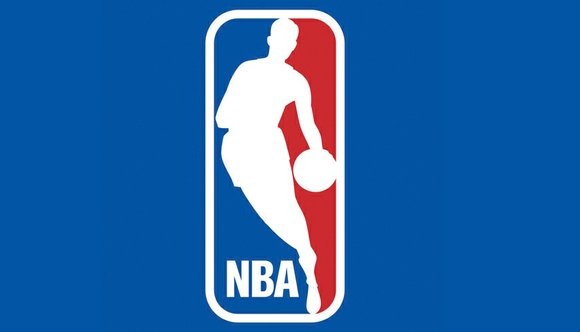NBA one-on-one tournament would be interesting about now
Fred Jeter | 4/16/2020, 6 p.m.
Going crazy with no sports?
Wouldn’t a live NBA one-on-one tournament be entertaining about now?
It’s not likely to happen because of the coronavirus pandemic and other logistical concerns, but can’t we dream?
The event would be made for TV, with no fans in the stands — just two players, a ref, scorekeeper and camera crew.
There’s historical precedence to lean on.
In 1972 and 1973, there were 16-man One-On-One Competitions that drew many of the top names in the sport.
The Detroit Pistons’ Bob Lanier prevailed in 1972, beating the Boston Celtics’Jo Jo White in the final. Then the Portland Trail Blazers’Geoff Petrie won in 1973, defeating journeyman Barry Clemens, who was with the Cleveland Cavaliers at the time.
The event was covered by ABC during the NBA Championship series half-times, with Keith Jackson and Bill Russell handling commentary. Of course, players still active in the NBA Finals were not eligible.
The first prize was $15,000; second, $7,500, and so on. It was big money then. The total purse was $50,500.
Games were to 20 points, and must be won by four points. There were no 3-pointers then, with a “take it out line” similar to the current bonus arc. Players went to the foul line after the third foul. And there was a 10-second shot clock.
Finalists Lanier, White and Petrie were genuine NBAsuperstars. Clemens was the surprise.
A third round draft pick out of Ohio Wesleyan University, the 6-foot-6 Clemens defeated Lanier in the 1973 semi-finals at Madison Square Garden.
Clemens made the much larger Lanier work. Lanier was sweating so profusely that the court had to be frequently mopped.
The 1972 Finals were at The Forum in Los Angeles. In that event, the 6-foot-11 Lanier consistently backed the slender 6-foot-3 White near the hoop for short left-handed baskets.
White primarily fired away from outside and Lanier was too big for him to get around for possible rebounds.
The 1973 final featured two similarly sized players and was considered the more enticing matchup.
Petrie was the 1971 NBA Rookie of the Year out of Princeton University. The 6-foot-4 guard averaged 22 points for his six-year career with Portland.
With today’s popular 3-point arc, any one-on-one might look much different, assuming shots behind the arc counted as three.
So if the one-on-one was brought back in these times of a historical sports void, who might be the contenders?
It would seem the champion would need to be a threat from the distance — an all-round All-Star with a multiple skill set.
LeBron James? James Harden? Trae Young? Kawhi Leonard? Russell Westbrook? A healthy Steph Curry?
Or would pure power prevail?
Could an old-fashioned center emerge as the ultimate star — Giannis Antetokounmpo? Andre Drummond? Anthony Davis? Hassan Whiteside? Rudy Gobert?
Or, just as Barry Clemens pulled off upsets in 1973, might a lesser-known player do so again — A mystery man? A non-starter on some team’s bench?
Or a spry newcomer such as Zion Williamson or De’Andre Hunter?
We’ll never know, but wouldn’t the basketball world love finding out? It sure would beat another “Rocky” marathon and “Leave It to Beaver” reruns.








